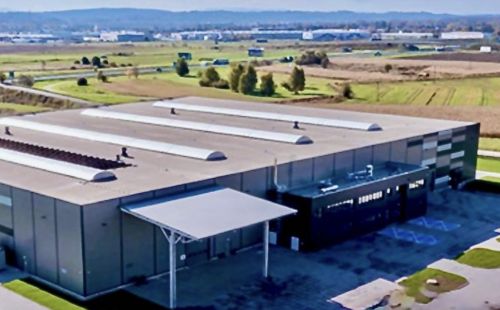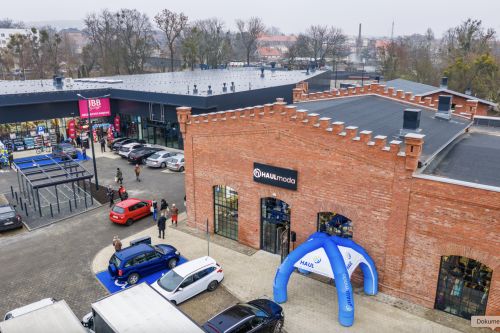In July, the WIG 20 soared higher than the US Nasdaq, having reached levels unseen in Warsaw for 17 months. In Germany, the DAX hit a record high, while that other New York index, the Dow Jones, also edged towards its own highest ever level. This was influenced by the relatively good Q2 results publication season, both in the US and Europe, raising hopes that the worst scenarios might have been averted. The International Monetary Fund’s latest economic forecasts paint a picture that is far from rosy, but that nonetheless provide some cause for optimism. For some they are good, for others bad. The US economy has been doing better than the eurozone, but the second half of the year is not about to bring any radical shifts with it. The eurozone, meanwhile, has been having to contend with high inflation and worsening economic prospects, particularly in the case of Germany. Even though the forecasts for 2024 are looking better, the Germans are going to have to face a deeper recession t






























































